The bank of the Yishui River in China is shocked by the beautiful stone carvings.
Author:Henan Transportation Broadcast Time:2022.08.18
On the morning of August 18th, on the banks of the Iranian River in the southern suburbs of Luoyang, the Great Buddha of the Lusheana, the Longmen Grottoes, who had just experienced 50 years, ushered in the National Traffic Broadcasting reporter's interview group. "The first stop at Luoyang.
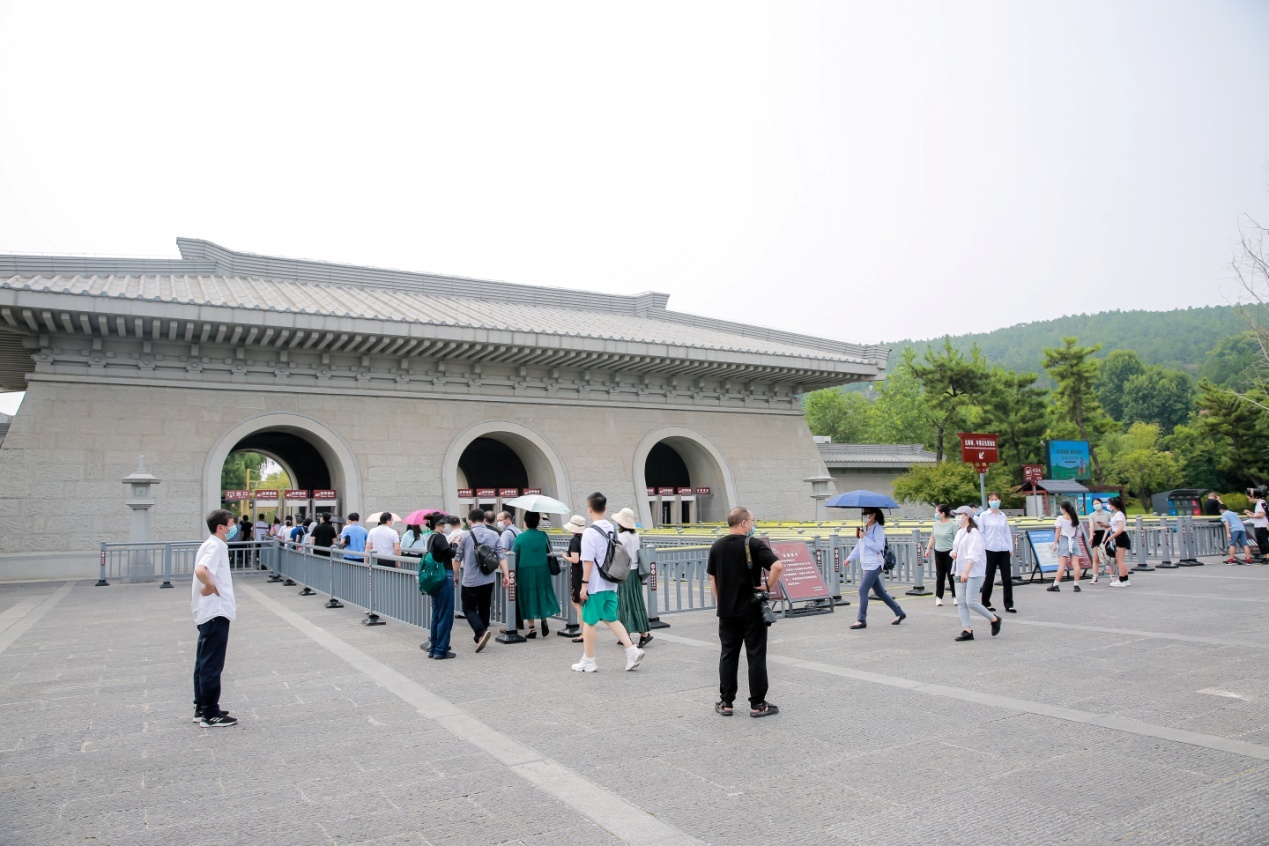

Reporter in front of the Luxana Buddha interview group took a photo

Longmen Grottoes, located on Longmen Mountain and Xiangshan on both sides of the Yijiang River in Luoyang City, Henan Province. It is the world's largest and largest stone carved art treasure trove. It is also known as the three major grottoes in China in Mogao Grottoes and Yungang Grottoes in Dunhuang.
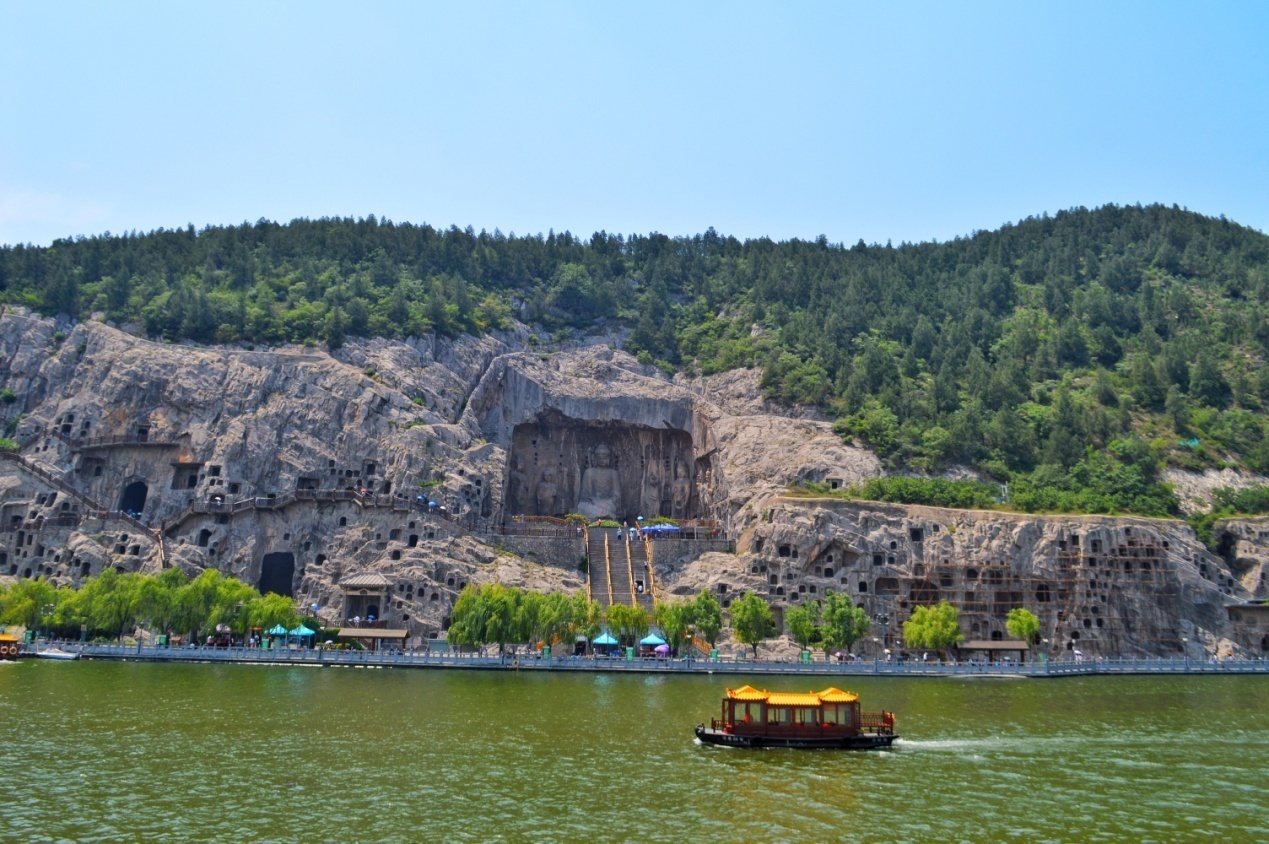
Longmen Grottoes was excavated during the Emperor Xiaowen of the Northern Wei Dynasty. After the Eastern Wei Dynasty, the Western Wei Dynasty, the Northern Qi, the Sui, Tang, Five Dynasties, and Song dynasties, it has continuously built more than 400 years in a continuous scale, 1 kilometer from north to south, with 2345 caves and more than 100,000 statues. Zun, more than 2,800 products on the inscription. Among them, "Longmen Twenty" is the essence of the Calligraphy Wei Bei, and the "Stele of the Buddhist Buddha" written by Chu Suiliang is a model of the art of the early Tang Kai script.
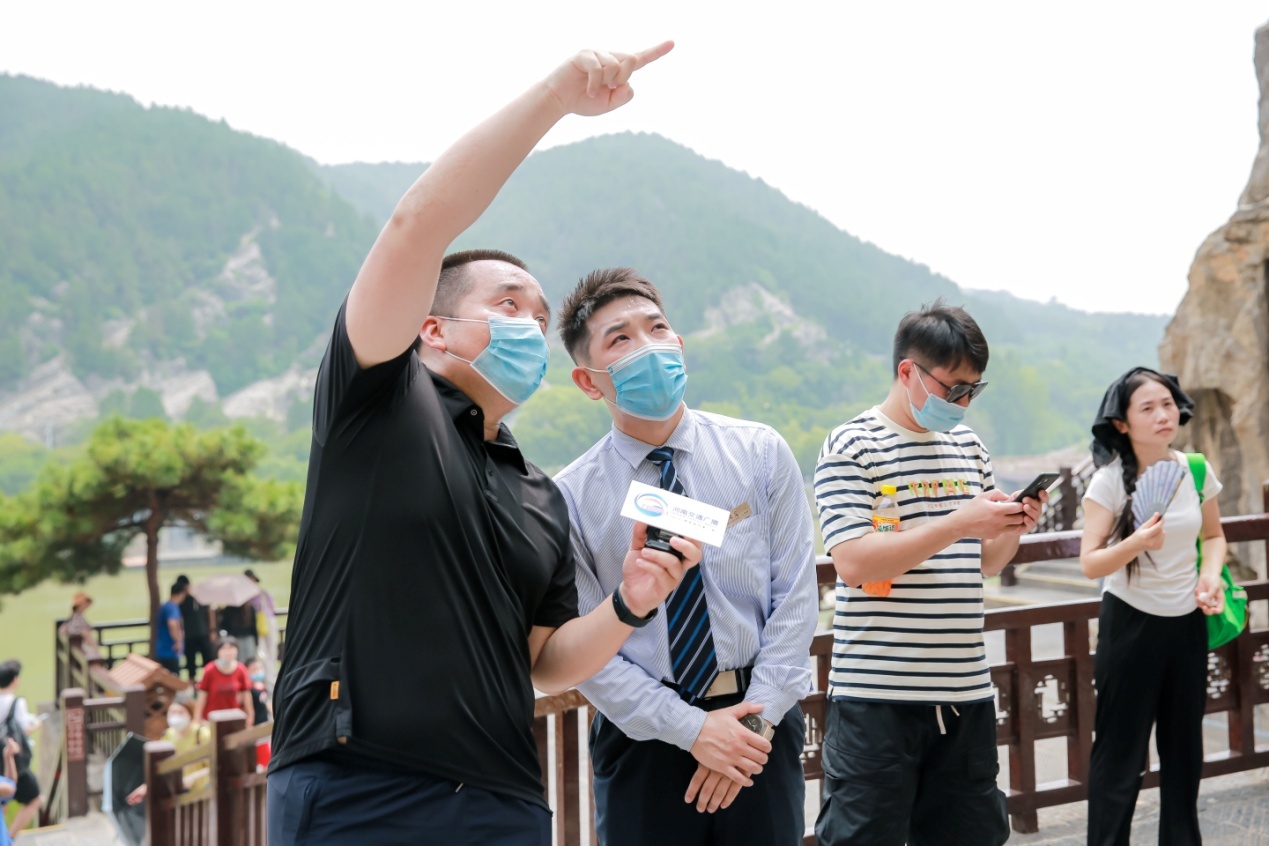
Due to the long continuation and many dynasties, Longmen Grottoes use a large amount of physical image and text materials from different aspects that the development and changes in many fields such as ancient Chinese politics, economy, religion, and culture have been made. A major contribution. In 2000, the United Nations Science and Education Organization included it in the Catalog of World Cultural Heritage.
Earlier this month, the Lushea Buddha of Longmen Grottoes reappeared after more than 200 days of "Daibao". Essence As of now, some repair projects are in progress.
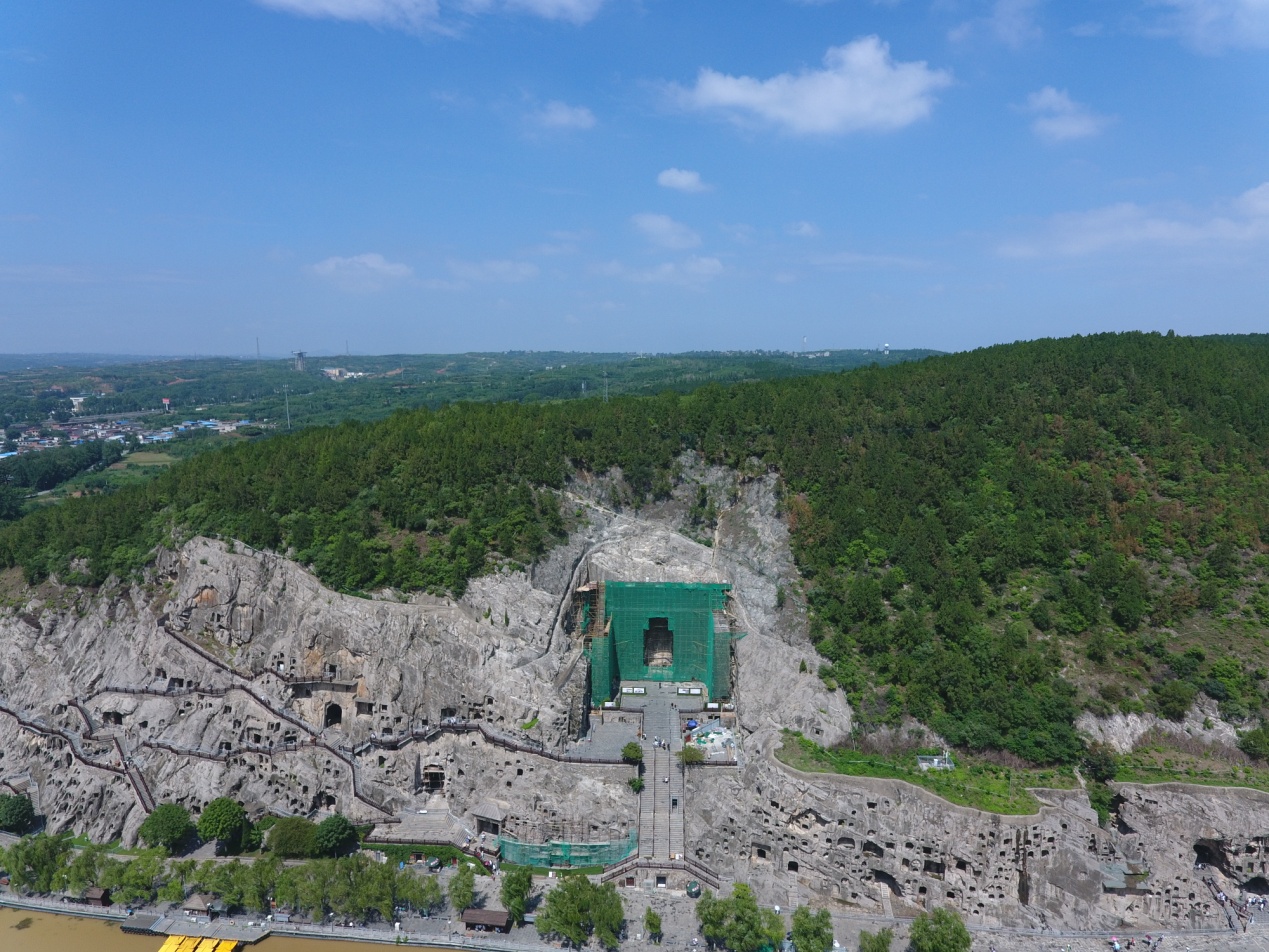
Fengxian Temple during the repair of data photos
It is understood that the focus of overhaul is the leakage treatment and reinforcement of hazardous rock body. That is, according to factors such as the geological condition of Fengxian Temple, the distribution of cracks, and the degree of development of the leakage disease, the west wall, south wall, north wall, and surrounding areas of Fengxian Temple are taken. Reinforcement measures to improve the stability of rock body.
During the engineering period, the staff also conducted archeological surveying, text records, high -definition photos and three -dimensional digitalization of Fengxian Temple. The scientific research team also launched a detailed archeological work on Fengxian Temple, and for the first time, it detected gold and silver elements on the face of the Great Buddha of Lusher.
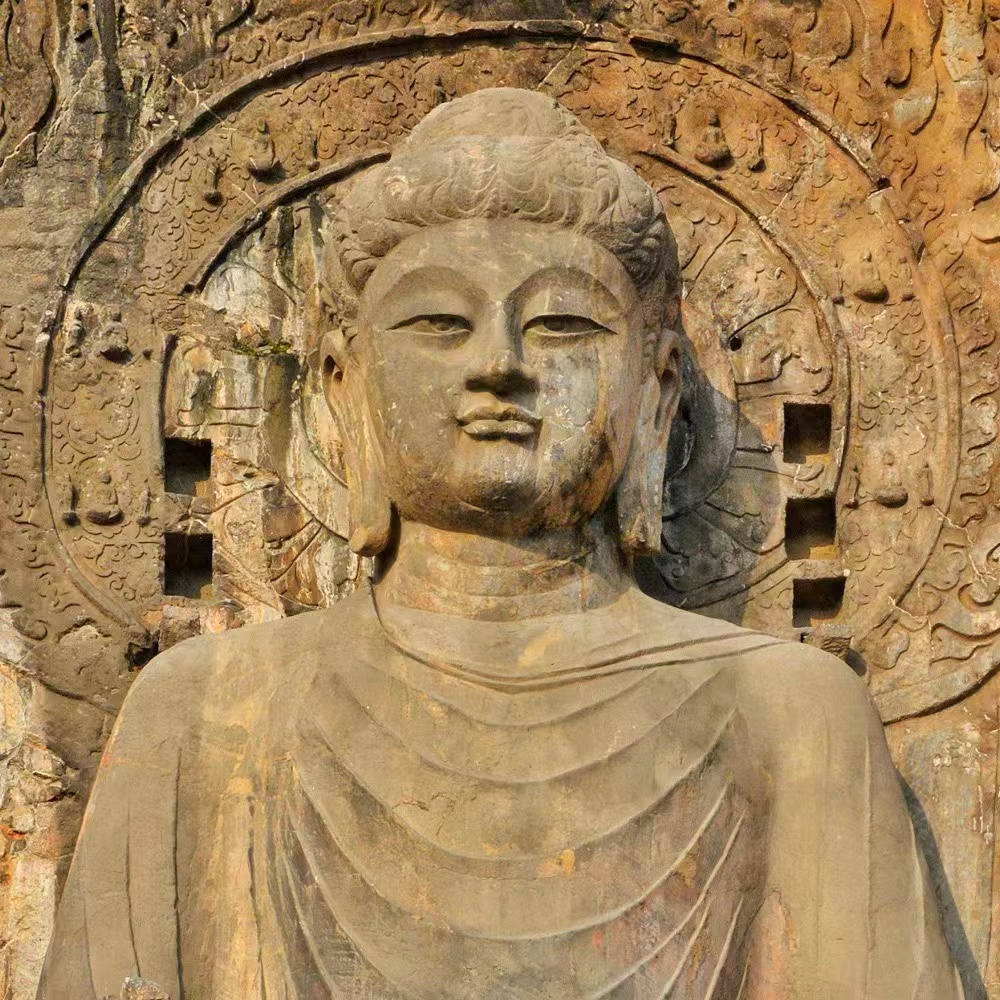
Members of the interview group, Ma Yuze from Bayannaoer Radio and Television said that the Lushea Buddha who saw in film and television works is very beautiful, but the feeling at the scene is shocking, and it is also amazed by the ancient Chinese craftsmanship. Imagine how people more than a thousand years ago created these Buddhist natins.
- END -
Recalling a generation of Jie calligraphy, everyone Wang Xuezheng
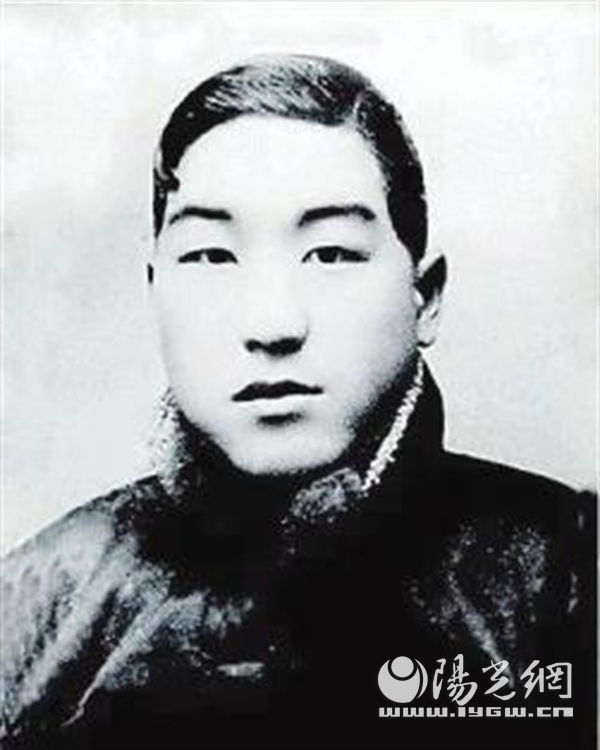
Text ■ monsoonMr. Wang XuezhengOne day, Mr. Ma He Sheng, a painter, interviewed i...
Lile Shandong | Weifang: [Create East Asian Cultural Capital] "Enjoy Kuiwen" Cultural Tourism and the people's consumer consumption season releases the potential of cultural travel

Since the beginning of this year, the Cultural and Tourism Bureau of Kuiwen Distri...